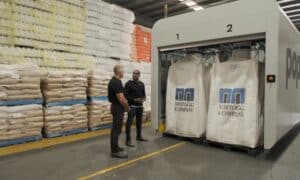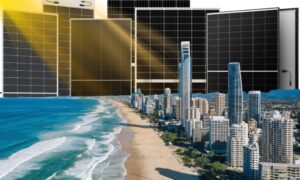The prestigious 2010 Millennium Prize was recently awarded to Michael Grätzel for his invention and development of dye-sensitized solar cells, known as “Grätzel cells”.
Grätzel’s innovation, the dye solar cell (DSC), is a third generation photovoltaic technology. Often described as “artificial photosynthesis”, dye solar cells are made of low-cost materials and do not require elaborate manufacturing equipment.
While dye sensitised solar cells are still in relatively early stages of development, in future they could prove to be an inexpensive alternative to silicon solar cells currently used in most solar panels.
DSC cells separate the harvesting of light from charge carrier transport, mimicking the principles of solar energy conversion in natural photosynthesis that occurs in plants. In plants, sunlight is absorbed in the leaf by chlorophyll, which converts carbon dioxide and water into oxygen and glucose, providing energy for the plant.
In DSC cells the leaf structure is replaced by a porous titanium oxide nanostructure, and the chlorophyll is replaced by dye molecules. A layer of the 10-micrometer thick material is sandwiched between two glass plates or embedded in plastic.
Dye sensitised solar cell technology uses readily available materials that are relatively non-toxic. Titanium dioxide, used instead of expensive high purity silicon as a semiconductor, is a cheap white pigment used in paints.
The cells can be manufactured as flexible sheets in a low-cost, roll-to-roll process with production equipment is similar to manufacturing lines used by the printing, coating and packaging industries.
Dye-sensitised solar cells used in larger solar panels such as those in residential solar power systems have only achieved 8–9 % efficiency to date, well below the 13% and upwards of polycrystalline and monocrystalline silicon based solar panels. However, Gratzel says in real working conditions the difference shrinks. DSC cells capture more power in low light or even rainy conditions, meaning the cells give a better performance over the whole day, even if they are less efficient under ideal conditions.
Backpacks coated with the dye solar cells were the first consumer product to hit the market earlier this year.
Learn more about the Millennium Technology Prize














































